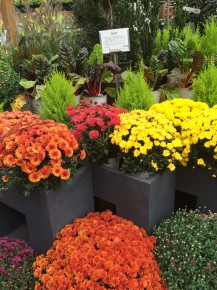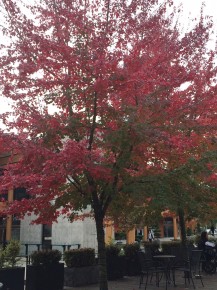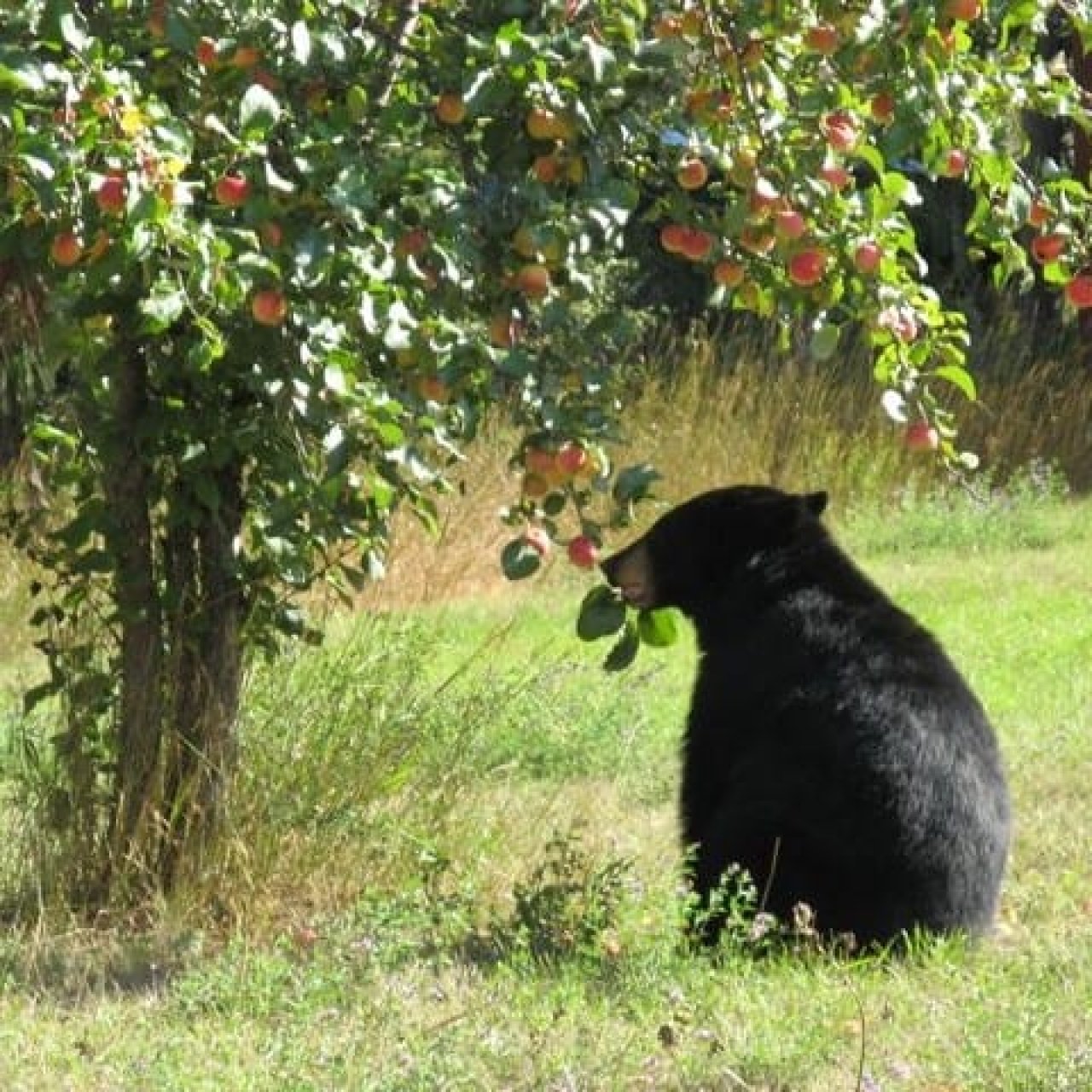Get your Lynn Valley garden ready for winter
September 30, 2015
There is a decided chill whispering in the air these days. Fall has officially arrived in Lynn Valley and it’s time to think of putting the garden to bed for the winter. Now, this is a touchy subject when it comes to garden lovers and let us just say up front that we aren’t taking sides. To clean or not to clean a garden in fall is a personal choice but let’s have a look at the options anyway.
Now, this is a touchy subject when it comes to garden lovers and let us just say up front that we aren’t taking sides. To clean or not to clean a garden in fall is a personal choice but let’s have a look at the options anyway.
Scrub it clean
First job – if you are one of these folks – is cleaning out the vegetable garden of theremaining carrots and beets and of course those peas that just won’t be producing any more pods.This is a good time to spread the last of the compost bin so the nutrients drain into the soil and can be dug into the garden in the spring. Rake and compost tree leaves. Give the grass a final cut. Trim back perennials when the leaves and stems have gone yellow or brown and remove all diseased foliage but don’t compost that stuff – it will only come back to haunt you next summer.Bulbs and birds
Now is the time to plant spring bulbs. Crocus, daffodils and tulips will be the first cheery faces in the garden in spring. By arranging them in large groupings they will make an eye pleasing display.Of course, don’t forget our feathered friends. Fill up the bird feeders for those hardy souls who stay in our area over the winter. They will appreciate the meal and repay you with their lively comings and goings over the long winter days.Then there is mulching. Mulching the garden is – admittedly – a lot of work but its benefits are well documented. It helps keep the soil from washing away, adds nutrients, protects plant roots and prevents weeds from sprouting.There are two ways to mulch in the fall – cover crops and wood chips. Cover crops are grasses – barley, rye and clover – that will grow all fall, adding nutrients to the soil when they are turned over later. The other option is covering the garden with a 4-to-6 centimetre layer of wood chips. In the spring, make a line in the wood chips and plant seeds directly into the soil. When the new veggie plants are big enough tuck the wood chips gently back around them. We think this is a neat trick to save weeding all summer long. Go ahead, call us lazy.Let it Be
 There is great beauty to be enjoyed in a garden left to winter over in a natural way, say those who would rather cuddle up with a buttery bowl of popcorn and an exciting game of TV football. Do you really want to be outside working on a cold rainy day? We kind of get that.In such a low maintenance garden there is wildlife overwintering on twigs, in leaf litter and on the soil. Next spring’s butterflies may be hibernating here, they say. And letting the perennials stand to create halos of light and silvery shadows on frosty mornings adds a new dimension to the garden. Even snow days are made more beautiful when the snow clings to drooping stems and leaves.Seed heads attract hungry visitors we might not ordinarily see in the winter and often groups of stay-at-home robins gather to enjoy fermenting berries left on shrubs and trees. Of course, these stalks will need to be cut down in spring but by then the garden will have provided what’s called – in landscaping lingo – ‘winter interest’. A four-season, three-dimensional garden, in other words.Our conclusion? There is no need to choose sides in this debate. Simply do whatever feels best for you and we hope that we have given you something new to think about when you are cleaning up the garden this fall – or lying on a warm couch. And we all agree that, yes, we have the right to cherry-pick the things we love from each camp.That’s what we intend to do.- By Sue Ronson, Contributing Writer
There is great beauty to be enjoyed in a garden left to winter over in a natural way, say those who would rather cuddle up with a buttery bowl of popcorn and an exciting game of TV football. Do you really want to be outside working on a cold rainy day? We kind of get that.In such a low maintenance garden there is wildlife overwintering on twigs, in leaf litter and on the soil. Next spring’s butterflies may be hibernating here, they say. And letting the perennials stand to create halos of light and silvery shadows on frosty mornings adds a new dimension to the garden. Even snow days are made more beautiful when the snow clings to drooping stems and leaves.Seed heads attract hungry visitors we might not ordinarily see in the winter and often groups of stay-at-home robins gather to enjoy fermenting berries left on shrubs and trees. Of course, these stalks will need to be cut down in spring but by then the garden will have provided what’s called – in landscaping lingo – ‘winter interest’. A four-season, three-dimensional garden, in other words.Our conclusion? There is no need to choose sides in this debate. Simply do whatever feels best for you and we hope that we have given you something new to think about when you are cleaning up the garden this fall – or lying on a warm couch. And we all agree that, yes, we have the right to cherry-pick the things we love from each camp.That’s what we intend to do.- By Sue Ronson, Contributing Writer
Looking for more?
Related News
Community Calendar
-
Oct 173:30 PM - 5:30 PMLynn Valley Library 1277 Lynn Valley Rd, North Vancouver BC V7J 0A2, Canada
-
Oct 17
Octoberfest - Peter Paulus
6:00 PM - 8:30 PMThe Mollie Nye House 940 Lynn Valley Rd, North Vancouver BC V7J 1Z7, Canada -
Oct 17
Meat Draw and 50/50
6:30 PM - 8:30 PMRoyal Canadian Legion Branch 114, 1630 Lynn Valley Rd, North Vancouver, BC V7J 2B4, Canada -
Oct 18
Meat Bingo
2:00 PM - 4:00 PMRoyal Canadian Legion Branch 114, 1630 Lynn Valley Rd, North Vancouver, BC V7J 2B4, Canada







